Vera-Fi Audio’s Line Noise Blackhole by Greg Voth
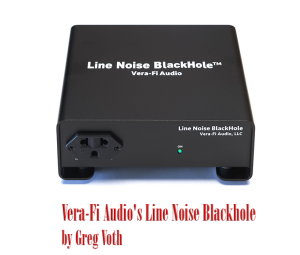
 I received both the Vera-Fi Audio LLC Line Noise Black Hole (also known as LNBH) and Snub Station Zero (SSZ) for review before returning from an unexpected hospital stay. I chose to review the Line Noise BlackHole first, so I asked my brother-in-law, Tim, to unpack the components and set up the Opera Consonance M100SE tube integrated, along with its Swiss Digital Fuse Box (reviewed here) and the Auris bluMe Pro Bluetooth DAC, using my Tekton Double Impacts, before my return home. For the record, Tim used inexpensive speaker cables, not the reference Dynamique Audio Tempest 2s, accompanied by the QSA Speaker Bullets.
I received both the Vera-Fi Audio LLC Line Noise Black Hole (also known as LNBH) and Snub Station Zero (SSZ) for review before returning from an unexpected hospital stay. I chose to review the Line Noise BlackHole first, so I asked my brother-in-law, Tim, to unpack the components and set up the Opera Consonance M100SE tube integrated, along with its Swiss Digital Fuse Box (reviewed here) and the Auris bluMe Pro Bluetooth DAC, using my Tekton Double Impacts, before my return home. For the record, Tim used inexpensive speaker cables, not the reference Dynamique Audio Tempest 2s, accompanied by the QSA Speaker Bullets.
The day I arrived home, we wasted little time settling in for an impromptu listening session to check out what the LNBH offered. Firing up both this setup and my Mac Mini Pro, I paired the Mini with the bluMe Pro, and we hit the sofa, hoping to hear something we’d not heard from this setup prior. To say we were stunned would only minimize the LNBH’s impact at this, our very first listen. To add to this small unit’s mystique, gone was the tick-tick-tick from my right speaker’s tweeter and midrange that I’d begun blaming on a new set of power tubes – I’d recently re-tubed its preamp section, hoping to send that tick-tick-tick packing. However, it remained faint but still there.
The music heard during that brief first session sounded more immediate and impactful, with a sharper focus. There was also a greater sense of blackness and an added thrust to dynamics. My sister, who is not one to readily offer audio commentary, noted how great things sounded as Tim and I sat, still somewhat stunned.
The Line Noise Blackhole
The Line Noise Blackhole is a solidly built, satin black metal enclosure, approximately 6.75″ d x 5.75″ w and 2.675″ tall. It features a single female receptacle and a green power LED on its front face, as well as an IEC female receptacle and a power switch on its rear. Plug in your choice of component in the unit’s front as long as it doesn’t exceed the LNBH’s maximum 10A load. Then, connect your choice of power cable to its rear IEC and into a wall socket.
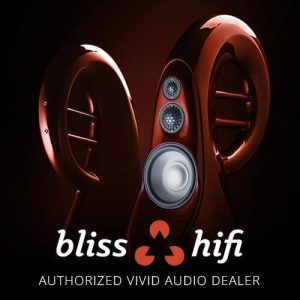 Emblazoned in white text on the LNBH’s top surface are the words “Line Noise BlackHole™.” Below is the company name. This is also seen on both the front and rear faces of the unit in smaller fonts. As Schifter also noted, “Set It and Forget It. Once plugged in, the Line Noise BlackHole works silently in the background. Add more units across your home for cumulative noise reduction. It’s the easiest upgrade you’ll ever hear.”
Emblazoned in white text on the LNBH’s top surface are the words “Line Noise BlackHole™.” Below is the company name. This is also seen on both the front and rear faces of the unit in smaller fonts. As Schifter also noted, “Set It and Forget It. Once plugged in, the Line Noise BlackHole works silently in the background. Add more units across your home for cumulative noise reduction. It’s the easiest upgrade you’ll ever hear.”
In my setup, the Opera Consonance M100 SE tube integrated is a 10A load itself, so it went solo into the LNBH. The bluMe Pro DAC went into a separate wall socket.
What Is the Vera-Fi Audio LLC Line Noise Blackhole?
In a Facebook post just before the LNBH release, Vera-Fi Audio’s Mark Schifter shared this: “The Line Noise BlackHole (LNBH) is a compact, plug-and-play EMI/RFI sink filter designed to clean up noisy AC lines passively. There is no current limitation and no sonic compression—just quieter backgrounds and more revealing sound.
“The BlackHole connects in parallel to your circuit and absorbs high-frequency EMI/RFI through a 2-stage filtering network with High differential and common mode attenuation, Surge protection (8–15kA), and Ultra-low leakage (<0.5mA). It’s quiet, effective, and doesn’t get in the way of your gear.
Plug the LNBH into any unused wall or power strip outlet on the same circuit as your system. It cleans the entire line, without restricting current flow to your components: no Power Restriction, All Gain.
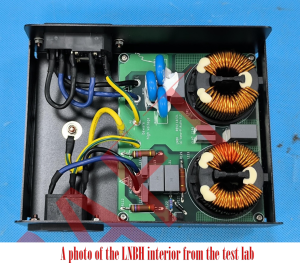
Notes From Dr. Viet Nguyen, One of the LNBH Designers
Viet Nguyen and JP Schweitzer worked to bring the Line Noise BlackHole from concept to reality. The comments below are from Nguyen.
 The Line Noise Blackhole product started as a P2P on the bench and has been under development for some time now. I am pleased to say that the production prototype [*] passed CE and FCC testing and certification.
The Line Noise Blackhole product started as a P2P on the bench and has been under development for some time now. I am pleased to say that the production prototype [*] passed CE and FCC testing and certification.
This product is a 5th-order Chebyshev filter, built with premium name-brand components, including two massive 19.5 mH, 10A, 1000V PCB-mounted CMC chokes. It should provide about -50 dB of noise attenuation at 100 kHz and more at higher frequencies. This should significantly reduce SMPS noise in power lines. The good news is that it is rated for 10A, operates from 85VAC to 230VAC, and features a combination NEMA/Schuko plug receptacle on the front.
Note: -50dB at 100 kHz is critical between 100 and 120 kHz, where our grids are resonating badly.
This was my bench testing of an earlier prototype with 2.5 mH inductors. We later moved to larger inductors and smaller Y2 capacitors to reduce parasitic dissipation to comply with CE requirements. This had a considerable impact on the cost of components, as you can imagine, going from a 2.5 mH to Kemet 19.5 mH 10A CMC – but makes for a well-engineered, safe, energy-efficient, and robust electrical appliance that will clean up noise like a black hole.
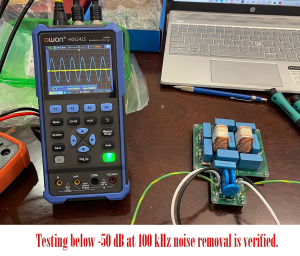
More Listening
The remainder of my first week home was filled with settling back in, so It wasn’t until the following week that I sat down to listen with greater focus. As I once again fired up the system and played a few random jazz tunes for warm-up, my wife commented, before stepping out to give me some space, “Sounds great!” I sat and selected the Pat Metheny Group’s “Are You Going With Me” from “Offramp” (1982, ECM Records). There was lower background noise, which opened up more layers of sound from front to back and created an uncluttered soundstage. Also noted were well-defined lows, better-delineated imaging, and added detail.
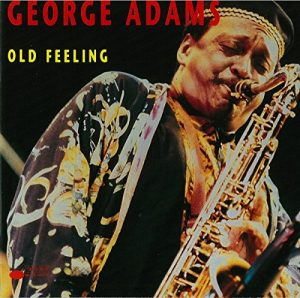 A play of George Adams’ As Time Goes By, from his 1991 album “Old Feeling” (Blue Note), really ratcheted things up with musical delivery that was so dynamic, yet so close, intimate, and natural, that it seemed like I had different loudspeakers. My wife, once again, commented on how beautiful things sounded. For example, the bass on Rick Cox and Jon Hassell’s Long Distance from 2001’s “Maria Falling Away“ (2001 Cold Blue Music) was nearly subterranean, with no subs on.
A play of George Adams’ As Time Goes By, from his 1991 album “Old Feeling” (Blue Note), really ratcheted things up with musical delivery that was so dynamic, yet so close, intimate, and natural, that it seemed like I had different loudspeakers. My wife, once again, commented on how beautiful things sounded. For example, the bass on Rick Cox and Jon Hassell’s Long Distance from 2001’s “Maria Falling Away“ (2001 Cold Blue Music) was nearly subterranean, with no subs on.
The island from Shirley Horne’s “Loving You“ (1997 Verve) wrapped its arms around me like a warm hug. Fine details stood out from a blackened background, with Horne’s spoken lyrics truly captivating this listener. That woman could send chills down my spine just reading the phone book. I’ll remind you here that the LNBH is the only added filtration or conditioning in this simple setup.
The play of another single track, Johnny Adams Baby Don’t You Cry from “One Foot in the Blues“ (Rounder Records), sounded so very dynamic that, during the organ break where the spinning Leslie speaker spun textures so well-defined, it felt as though it would lift off through our ceiling!
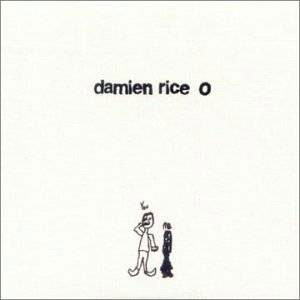 Damien Rice’s The Blower’s Daughter, from the album “O” (2002, Vector Records), was so directly and profoundly imbued with emotion and realism that I nearly wept. It’s not what the Line Noise BlackHole adds; it’s what it takes away, stripping away the noise on the power line and allowing the system to perform at a higher level. Stunning.
Damien Rice’s The Blower’s Daughter, from the album “O” (2002, Vector Records), was so directly and profoundly imbued with emotion and realism that I nearly wept. It’s not what the Line Noise BlackHole adds; it’s what it takes away, stripping away the noise on the power line and allowing the system to perform at a higher level. Stunning.
The Wrap
To quote Mark Schifter again,“ When installed correctly, the Line Noise BlackHole doesn’t color the sound, It clears the path, with Real-World Results You Can Hear“ [his caps]. True that. The Line Noise BlackHole is a must-audition. It will be included in my ‘Most Wanted Components for 2025’ list later this year.


Specifications: Product reviewed: Line Noise Blackhole
Price: USD 395.00, introductory price ($595 retail)
Contact:
Mark Schifter
Vera-Fi Audio LLC
9025 Crestview Drive
Denton, Texas 76207
Website: verafiaudiollc.com
Phone: (818) 584-6870
Email: verafiaudio@gmail.com
Technical Specs and Safety:
Voltage Range: 85–230V AC / 10A
Certifications: CE / FCC / RoHS / REACH
Construction: IEC inlet + fused switch + NEMA outlet
LED Indicator: Green glow confirms power is active
Safe for most HiFi systems, not suitable for medical equipment or high-leakage circuits.
2 thoughts on "Vera-Fi Audio’s Line Noise Blackhole by Greg Voth"
Leave a Reply
Stereo Times Masthead
Publisher/Founder
Clement Perry
Editor
Dave Thomas
Senior Editors
Frank Alles, Mike Girardi, Russell Lichter, Terry London, Moreno Mitchell, Paul Szabady, Bill Wells, Mike Wright, and Stephen Yan,
Current Contributors
David Abramson, Tim Barrall, Dave Allison, Ron Cook, Lewis Dardick, John Hoffman, Dan Secula, Don Shaulis, Greg Simmons, Eric Teh, Greg Voth, Richard Willie, Ed Van Winkle, Rob Dockery, Richard Doron, and Daveed Turek
Site Management Clement Perry
Ad Designer: Martin Perry



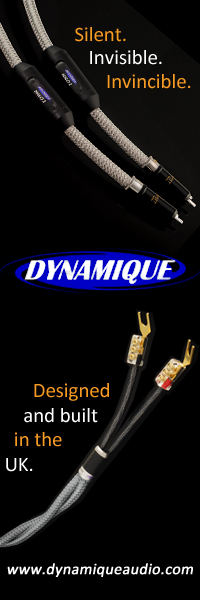

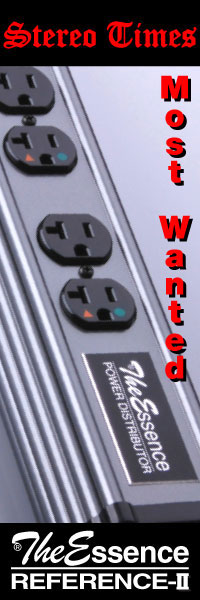
Do you think this device would improve my streaming set up? Consists of Modem/Router, Ethereregen, clock, and power supply?
Ken
Ken:
Thanks for your post. The LNBH certainly improved my modest review set up. Vera-Fi Audio LLC offers a 30-day, no questions asked return policy on the Line Noise BlackHole. Give it a try and fell free to share your thoughts here.